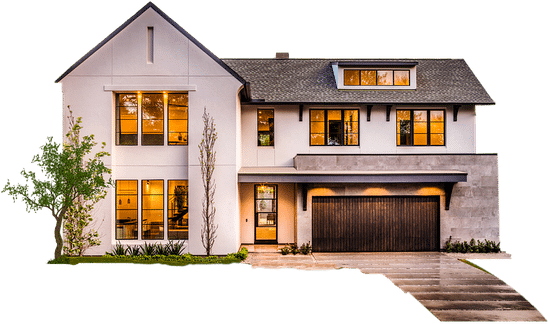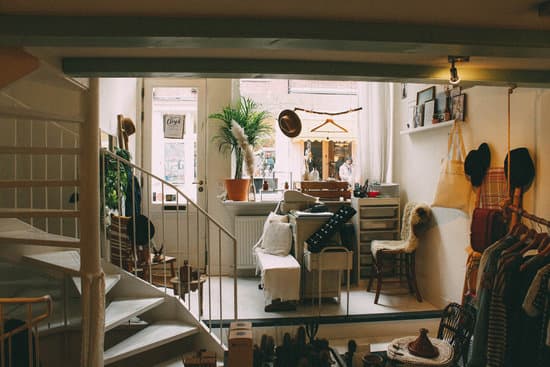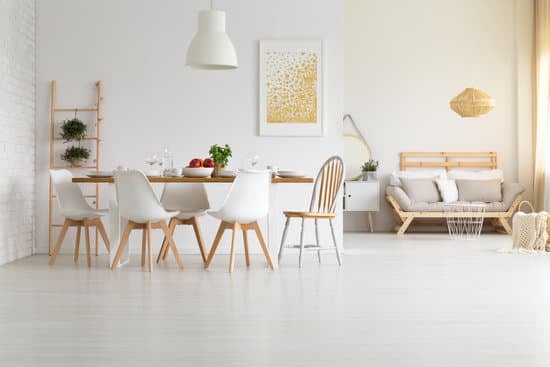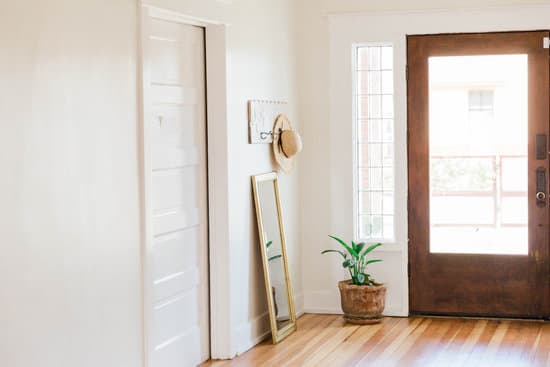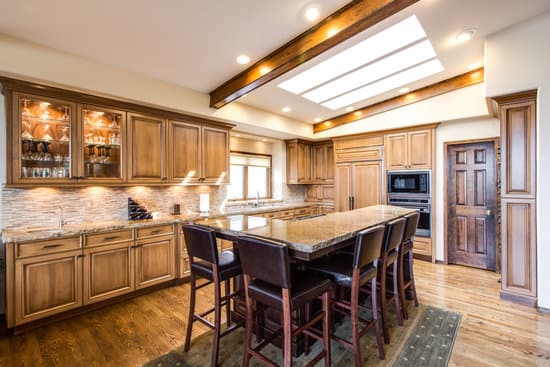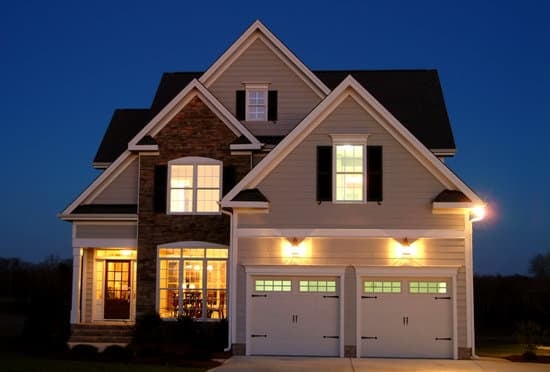The Origins of Victorian Architecture
Victorian architecture refers to the architectural styles that were prevalent during the reign of Queen Victoria of Great Britain (1837-1901). This period was marked by significant growth in the wealth and population of the country, which led to the rapid development of cities and towns. The Victorian era was characterized by a fascination with medieval architecture, resulting in complex and ornate designs that were a departure from the simplicity of the Georgian period.Characteristics of Victorian Era Homes
Victorian architecture is known for its decorative features, including intricate woodwork, stained glass windows, and elaborate moldings. The homes of this era were often adorned with turrets, balconies, and verandas, adding to their grandeur. As a result of advancements in manufacturing technology, the use of cast iron and steel became more common, allowing for new construction techniques and larger, more expansive homes. Key Point: Victorian homes are often characterized by their ornate and decorative features, including intricate woodwork, stained glass windows, and elaborate moldings. Some other defining characteristics of Victorian-era homes include:- Asymmetrical facades with irregular shapes and angles
- Steeply pitched roofs with multiple gables
- Towers and turrets
- Cornices, brackets, and dentil moldings
- Decorative brackets and corbels
- Large windows with intricate trim
Popular Victorian Era Styles
During the Victorian era, numerous architectural styles flourished. Some of the most popular are:- Queen Anne: Known for its bright colors, asymmetrical shape, and ornamental details, the Queen Anne style is the most recognizable of the Victorian-era styles.
- Second Empire: This style was heavily influenced by French architecture, most notably the mansard roof. Second Empire homes have a rectangular shape and are often adorned with towers and balconies.
- Folk Victorian: The Folk Victorian style was popular among middle-class families and often incorporated simpler, more understated design elements like symmetrical facades and gabled roofs.
- Italianate: This style is characterized by its symmetrical facade, low-pitched roof, and tall, narrow windows.
- Eastlake: Named after the furniture designer Charles Eastlake, this style emphasizes intricate woodwork and geometric shapes.
The Influence of Queen Victoria on Home Design
Queen Victoria had a profound impact on the design of homes during the Victorian era. She was known for her love of fine art and design, which she shared with her husband, Prince Albert. Together, they commissioned the construction of a new royal residence, Osborne House, which was designed in the Italianate style. This sparked a trend for this style of architecture, which quickly spread throughout the country. In addition to her love of art and design, Queen Victoria was also a champion of innovation and progress. She supported the development of new materials and technologies, which allowed for the construction of larger and more elaborate homes. Her influence can be seen in the grandeur and opulence of many of the homes built during the Victorian era.Victorian Architecture vs. Victorian Style
It’s important to note that while Victorian architecture refers to the architectural styles that were prevalent during the reign of Queen Victoria, Victorian style encompasses a much broader range of design elements. Victorian style includes everything from furniture and textiles to color palettes and decorative accents. Key Point: Victorian architecture refers specifically to the architectural styles that were prevalent during the Victorian era, while Victorian style encompasses a much broader range of design elements. When decorating a Victorian-era home, it’s important to consider both the architectural style and the broader Victorian aesthetic. This means incorporating decorative elements like detailed moldings, intricate wallpaper, and ornate furnishings that capture the grandeur and elegance of the era.Decorating a Victorian-Era Home
When decorating a Victorian-era home, it’s important to remain true to the architectural style and design elements of the home. Here are some tips for decorating a Victorian-era home:- Emphasize the decorative features of the home, including moldings, cornices, and archways.
- Opt for ornate furnishings, such as chandeliers, armoires, and wingback chairs.
- Choose wallpaper with intricate patterns and bold colors.
- Select textiles with rich textures and patterns, like silk or velvet.
- Incorporate accessories like tassels, fringes, and decorative pillows.
Renovating a Victorian-Era Home
Renovating a Victorian-era home requires careful consideration of the home’s architectural style and the homeowner’s personal style. Here are some tips for renovating a Victorian-era home:- Highlight and preserve the original architectural features of the home, like moldings, woodwork, and stained glass windows.
- Incorporate modern amenities, like updated heating and cooling systems and energy-efficient windows, while maintaining the integrity of the original design.
- Make sure that any new materials and finishes stay true to the Victorian aesthetic of the home.
- Consider hiring a professional architect or designer with experience in Victorian-era renovations.
- Take the time to research and understand the history and architecture of the home before making any major renovations.







